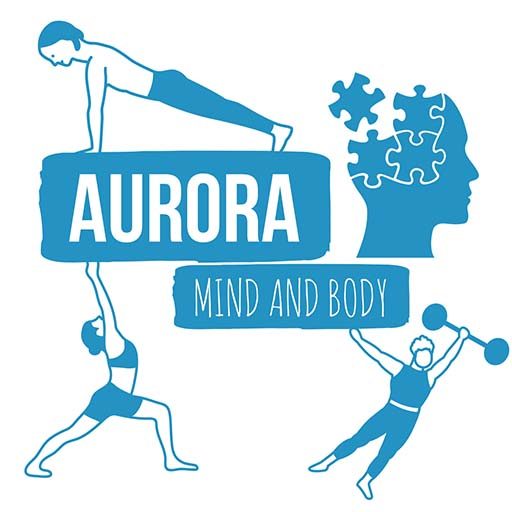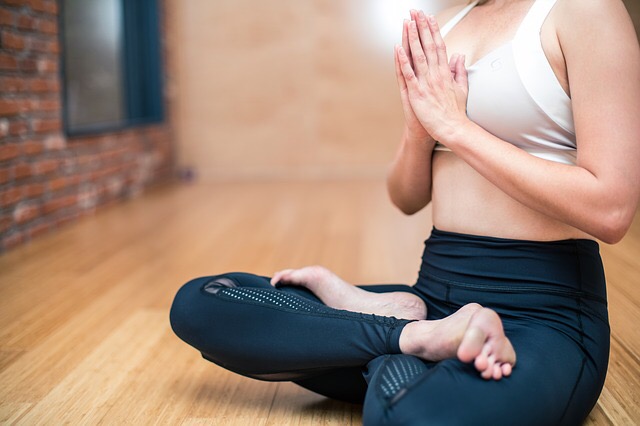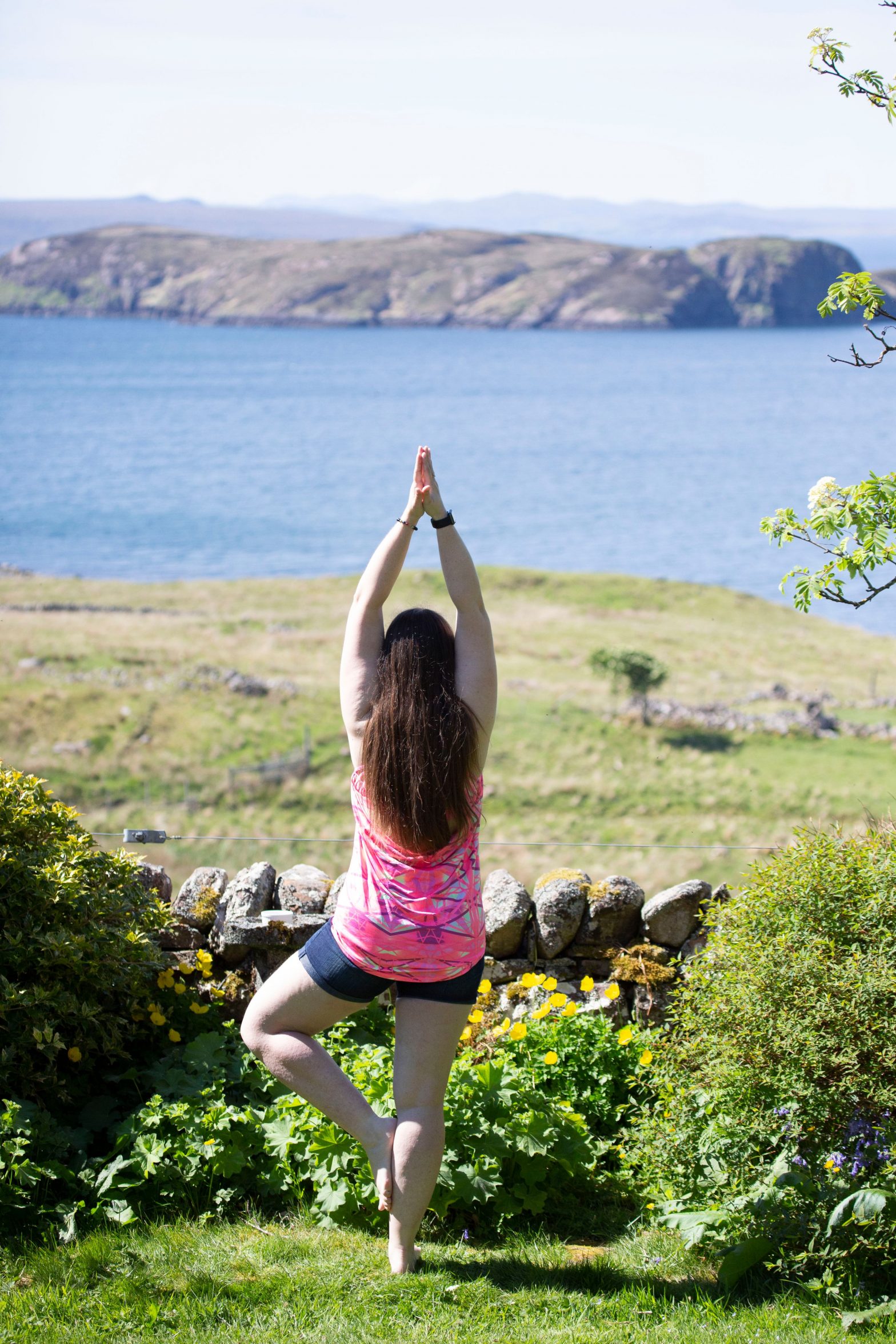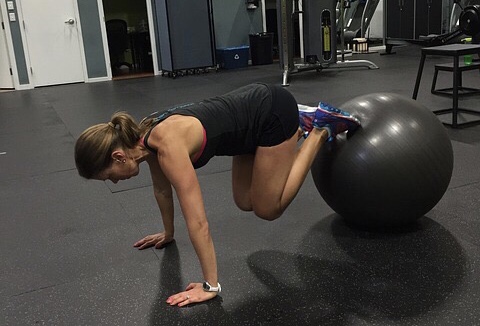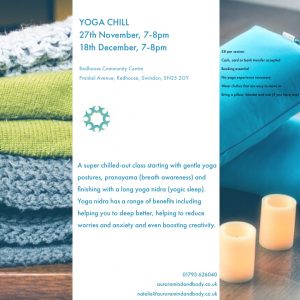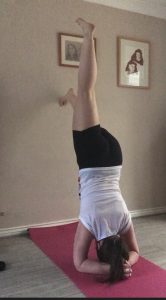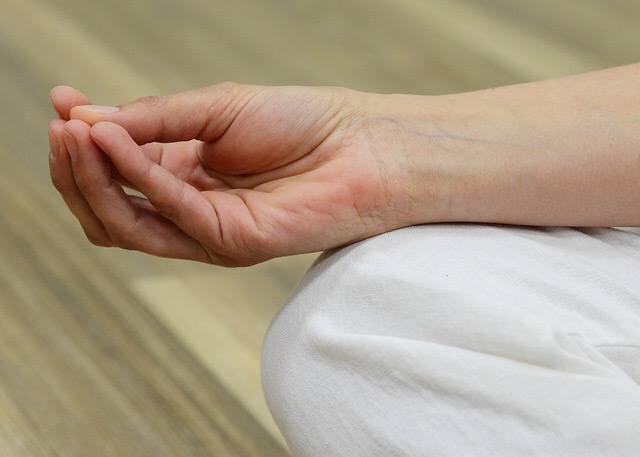Written by Nat Young, Aurora’s Clinical Hypno-Psychotherapist and Yoga/Pilates Teacher.
There are many different types of yoga and yin is just one of them. Unlike sweatier ‘yang’ yoga practices such as hatha, vinyasa, ashtanga and bikram, yin yoga is very passive. The concepts of yin and yang come from Chinese medicine. Yang refers to activities which build heat and yin refers to activities which cool the heat down, the idea being that you need both to attain balance in life. Most of us lead ‘yang’ lifestyles where we’re constantly on the go and don’t take time to stop. This often results in constant mind chatter that’s difficult to switch off and ultimately, mental burnout. We also tend to go for yang activities when we exercise, constantly stressing our bodies in the name of physical change.
Why do Yin Yoga?
Lifestyle balance aside, Yin Yoga is fantastic for improving flexibility and circulation as it focuses on gently stretching the ‘yin’ connective tissues of the body (tendons, ligaments and fascia) as opposed to stretching and strengthening ‘yang’ muscles as other forms of yoga do. A big difference between yin and other forms of yoga are that the poses are held for longer than a few breaths, as is common practice for other forms of yoga. Most of the poses in yin yoga are also seated or lying down. If you’re a runner, cyclist, swimmer or simply a gym-goer, your flexibility will benefit greatly from adding yin yoga classes to your fitness routine.
Stretching aside, yin is a quiet and meditative practice so you’ll also reap the benefits of releasing built up stresses and emotions while you practice. The practice allows your body to drop down into the parasympathetic nervous system which is responsible for reducing the body’s stress response. This makes yin yoga a deeply healing and nourishing practice. Yin yoga can be grounding, calming and revitalising, with profound energetic and emotional effects.
Passive doesn’t mean easy
Make no mistake, just because yin yoga is passive does not make it easy. Bernie Clark, one of the leading teachers of yin yoga famously stated: “Yin yoga is not meant to be comfortable; it will take you well outside your comfort zone. Much of the benefit of the practice will come from staying in this zone of discomfort, despite the mind’s urgent pleas to leave.”
Join us for Yin Yoga
If you would like to experience all that yin yoga has to offer, we run weekly yin yoga classes in Redhouse, North Swindon. It’s just £8 per session, pay-as-you-train. Take a look at the timetable and book here.
Yin-based Hypno Yoga
We also offer Hypno Yoga one-to-ones where yin yoga is used therapeutically alongside hypnotherapy. This is a really powerful way to help you facilitate change for a variety of different mind-body issues such as IBS, weight loss, anxiety, stress, confidence, self-esteem and sports performance. If you would like a free consultation to discuss how Hypno Yoga could help you, get in touch.
